Researchers in China have developed a simple technique for patterning functional organic materials over a large area via an indirect, solution processable method.
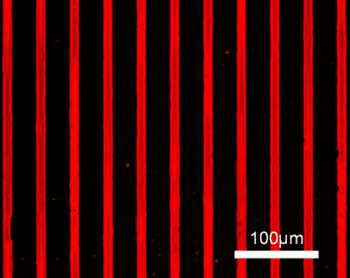

Researchers in China have developed a simple technique for patterning functional organic materials over a large area via an indirect, solution processable method.
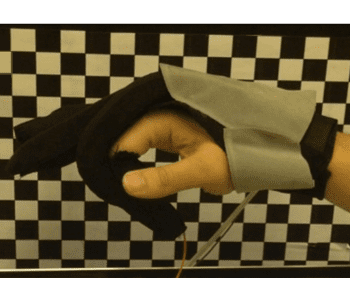
Researchers in Singapore have developed a strain-sensing actuator for rehabilitation and diagnostic devices for patient mobility and dexterity.
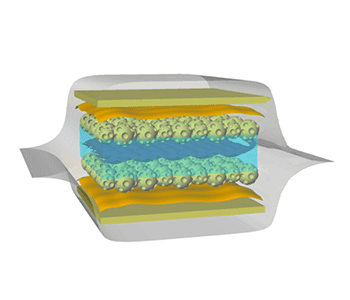
A fully edible supercapacitor has been developed from food-grade materials by researchers in the USA.
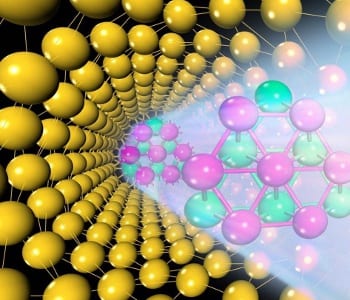
A new 1D gold nanowire is proposed for novel nanoelectronics by researchers in China. The design of the new structure was achieved by carefully considering the stability of 0D, 1D, and 2D gold nanostructures.
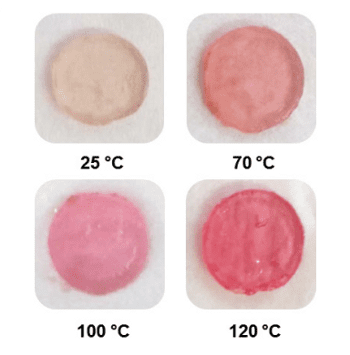
Adhesives and glues are essential in a wide range of applications in modern life, from buildings to vehicles, and mobile devices to biomedical applications.
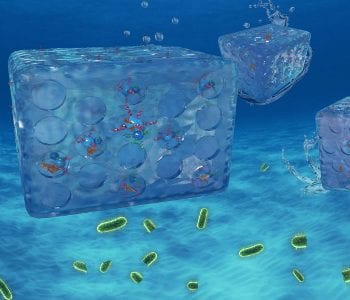
Using a variety of techniques to develop hybrid scavenger nanoparticles, researchers in China have created an efficient and reusable water filter to effectively clean polluted water up to safe drinking standards.
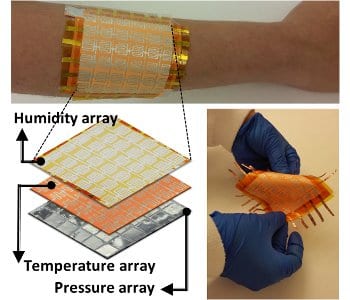
Using only off-the-shelf components, researchers in Saudi Arabia have designed and built an affordable and multifunctional artificial skin sensor based on recyclable materials including paper and aluminium foil.
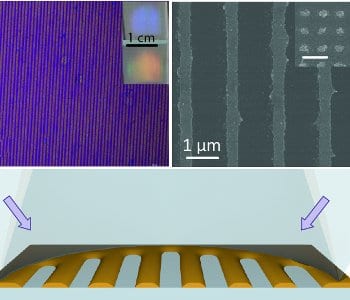
Researchers in Troyes, France have developed a cheap and efficient method of direct patterning ZnO films, using laser interferential lithography to selectively remove ZnO in well-controlled patterns, without the use of a photoresist.
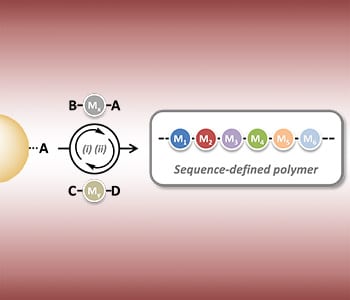
Precise control of the primary, secondary, and tertiary structure is a significant new development in synthetic polymer chemistry. Using techniques inspired by other disciplines, it is now possible to synthesize a variety of monodisperse, sequence-defined a variety...
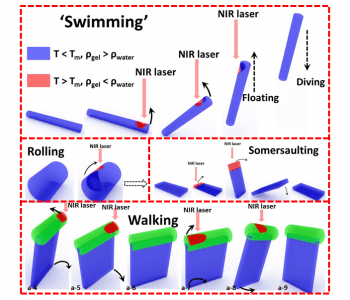
Underwater actuator devices with a range of motion, including swimming and walking, are demonstrated via laser-control of density of composite hydrogels.